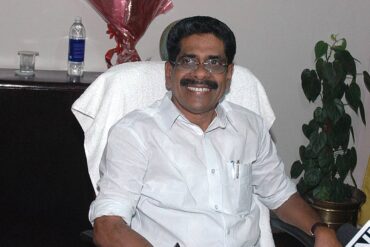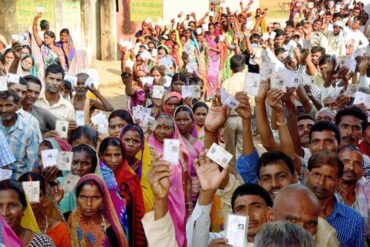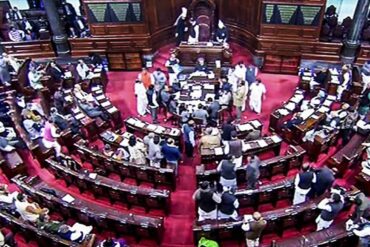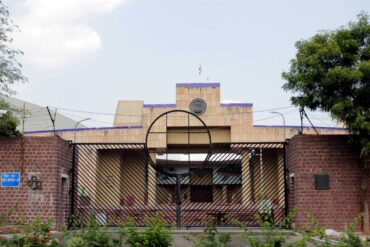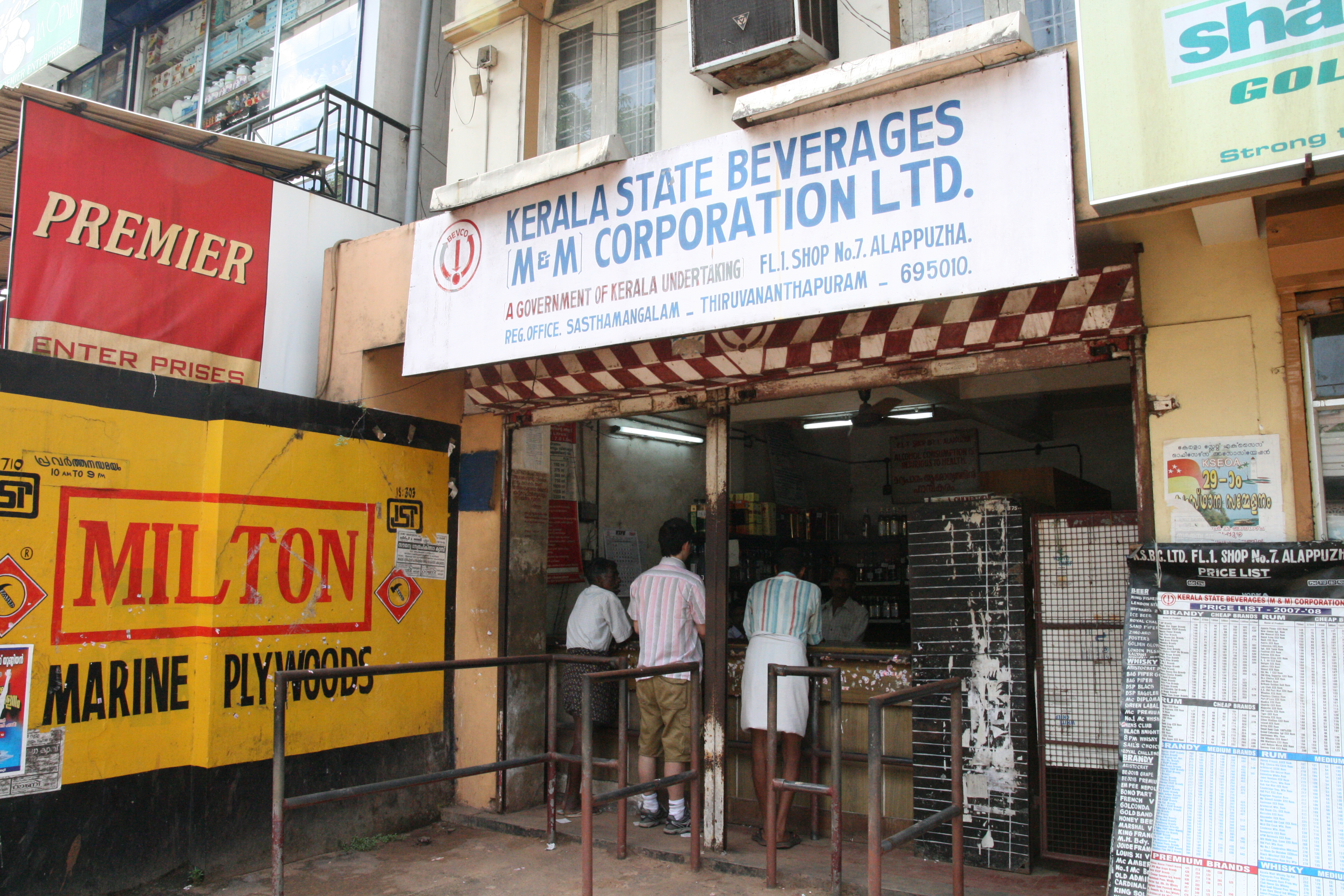Healthcare dispensation in India has not exactly been in the best of health of late. It has been at the receiving end of numerous symptoms viz: corporatisation and its fallout, reluctance among doctors to serve in the hinterlands, privatization of medical education and, corruption within the ‘watchtower’ of practice of medicine in India—the Medical Council of India (MCI). It is imperative that this vital, yet ailing sector be nursed back to health and vitality.
The BJP-led NDA government brought in the National Medical Commission (NMC) Bill, which was passed by the Rajya Sabha and Lok Sabha on August 1 and July 29, 2019 respectively to become an Act. The Act, which will repeal the Indian Medical Council Act 1956, was not received well by India’s medical fraternity. Doctors owing allegiance to, and exhorted by the Indian Medial Association (IMA), struck work across India.
An earlier version of the Bill was introduced during the previous Lok Sabha and later referred to the Parliamentary Standing Committee on Health and Family Welfare. It lapsed with the dissolution of that Lok Sabha. Is the bill disastrous, as the doctors led by the IMA make it out to be?
Dissection of the various clauses of the Act will answer that question.
The NMC proposes replace the MCI, a body of elected members from among doctors, which according to the government is corruption-ridden and one which has failed in its various duties to safeguard and nurture ethical practice of medicine in India and, in regulating admission to undergraduate and postgraduate courses.
Instead of the MCI, the NMC proposes to have four autonomous boards to take care of its different functions:
1. Undergraduate Medical Education Board to set standards and regulate undergraduate medical education.
2. Postgraduate Medical Education Board to set standards and regulate postgraduate medical education.
3. Medical Assessment and Rating Board for inspection and rating of medical institutions.
It is in this function, that the MCI has been charged with rampant corruption. Many a medical college of dubious standards, especially in the private and the self-financing sector, which lacks patients and faculty of credible standards to impart medical education of reasonable quality, has been given the green signal to function by the MCI. The body was also in the habit of suspending the recognition for well-conducted postgraduate and undergraduate courses in reputed medical colleges, especially in the public sector that the MCI itself had conferred earlier. Lack of uniformity in its conduct MCI of granting recognition and permission to medical colleges always cast a shadow on the body, which was once the credible watchtower of medical practice in India.
The IMA has reservations on this clause as the Board mooted in the NMC will be appointed by the government, while the MCI was a body elected by doctors themselves. The IMA’s concern is whether the government would henceforth usurp control of healthcare dispensation from doctors. Can the government be trusted with a Board entirely constituted by it?
4. Ethics and Medical Registration Board to regulate and promote professional conduct and medical ethics and also maintain national registers of (a) licensed medical practitioners and (b) Community Health Providers (CHP)
Community Healthcare Providers
CHPs are a new class of ‘medical practitioners’ proposed to be given licenses to practice modern medicine at mid-level to those ‘connected with modern scientific medical profession’, the criteria of which would be specified later—a loose arrangement which leaves room for considerable suspicion. The government plans to grant 3.5 lakhs CHPs limited license to practice medicine. This number would be one third of the total number of licensed and registered medical practitioners. CHPs are proposed to be created out of those practicing indigenous medical systems (AYUSH), BDS, BSc nurses and B Pharm graduates by imparting modern medical knowledge through a ‘Bridge Course’.
The government feels that, this rather controversial proposal, was a necessity considering the dwindling doctor-patient ratio especially in the villages, denying credible healthcare to citizens residing in the hinterlands. It’s a reality that doctors practicing modern medicine do not wish to serve in villages, where majority of Indians reside. This reluctance has resulted in gross disparity between the number of doctors qualifying and those actually available to work in government hospitals in the rural areas. Every year 55,000 doctors complete their MBBS and 25,000 complete post-graduation nationwide. Going by that statistic, India ought to have an allopathic doctor for every 1250 people for a population of 1.3 billion by 2020, and one for every 1075 by 2022. But the reality falls far short of this. There is clustering of tertiary care ‘super-specialty’ hospitals, especially in the corporate sector in larger towns and cities, where healthcare of citizens living therein is adequately addressed.
The IMA has objected vehemently to the clause in NMC. The objective to create CHPs, it argues, would further quackery. But, with doctors graduating with medical degrees reluctant to serve in government facilities in the villages, the government attempted to undo the disparity through the creation of CHPs. After all, Indian healthcare, especially in the villages, largely demand basic medical care, which includes primary preventive strategies like immunization, antenatal, first-aid services, basic surgical, medical and obstetric services, which can be easily provided in a basic facility manned by adequately trained personnel. Nobody expects facility-heavy services to be offered in government health facilities in the villages, which actually will do well with a well-run basic medical service.
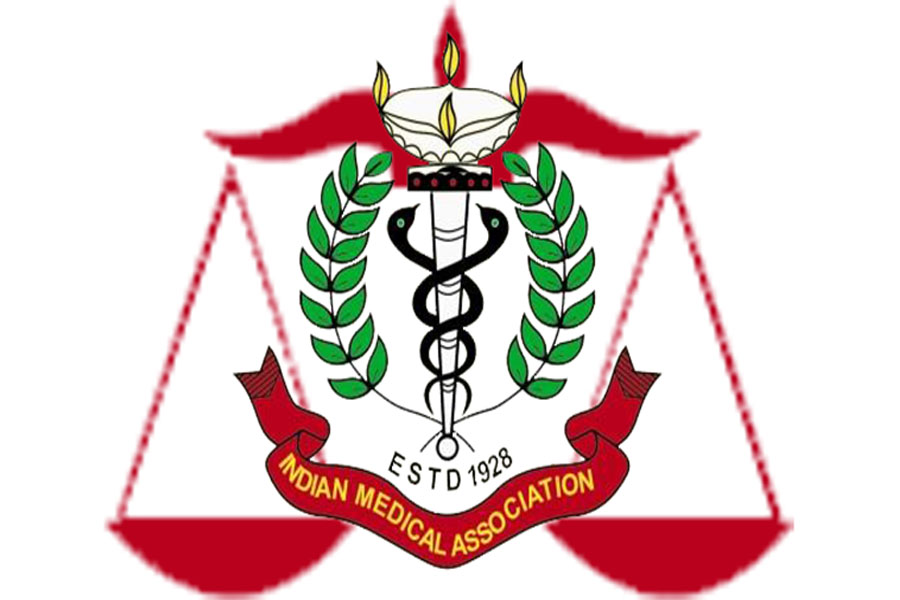
This is not to say that high-end tertiary care shouldn’t be provided in the villages through public hospitals there. Indeed, complex procedures like heart transplantation in September 2015 and surgical separation of conjoint twins in June 2012 have been undertaken in Government Medical College Hospital in Kottayam in Kerala, and a missionary hospital in Betul in Madhya Pradesh, respectively. Basic medical services, which are beyond a vast majority in India can be offered by well-trained CHPs, which the government sought to achieve through this clause.
But, can the government be trusted with regulation of CHPs? Would they attempt to undertake more complicated medical services like surgery, which would create mayhem in healthcare sector in India? That would amount to quackery. The government mustn’t get carried away in its endeavor to equip indigenous medical practitioners with ‘more skills’. Who would monitor the CHPs? How can more skill-heavy and complicated modern medicine and its practice be entrusted to B Pharm, BDS and B Sc nursing graduates? If the government to push indigenous practitioners through the bridge course how ethical is it?
Modern medical dispensation in Indian villages can be adequately provided by CHPs, provided their ‘services’ and realm of practice of medicine is well regulated. Can the government be trusted with this Herculean task?
But, the IMA needs to realize one thing before airing its reservations and protests about and against this clause. Are the so-called undergraduates and postgraduates graduating from ‘medical colleges’, run by private and the so-called ‘self-financing sector’ operating in ramshackle kiosks, be entrusted unreservedly with modern medicine and its dispensation? Many who graduate as qualified modern medical practitioners do so by not seeing enough patients to hone their skills, nor are they imparted medical training by competent faculty.
NEET and NEXT
As for admissions and licensing, the Act provides for a National Eligibility-cum-Entrance test (NEET) for admission to all undergraduate and postgraduate super specialty medical education, while providing for another one, National Exit Test (NEXT) for granting ‘license’ to practice and admission to postgraduate broad-specialty courses. So far, no licensing is required to practice. The medical practitioner has only to register with a state medical council to practice.
As a matter of fact, the proposed NEXT condenses the final year qualifying MBBS examination and a licensing test into a single test, which will be an objective test. The distinct disadvantage in this proposal is that the crucial practical part of the present qualifying MBBS exam in the final year would lose its importance.
Secondly, NEXT has the potential to deny candidates from reappearing in the NEET, through which admission to postgraduate courses are secured. NEXT being an objective type examination will mandate students doing basic undergraduate MBBS course to sharpen their knowledge to clear the exam. This will definitely separate the chaff from the wheat from among undergraduates qualifying from various medical colleges, thereby furthering the quality of medical graduates. After all, many countries have native licensing examinations before doctors can practice there.
Fee and Licensing
The Act also proposes for the NMC to frame guidelines for determination of fee and other charges for 50% of seats in private medical institutions and deemed universities. Currently, state governments determine fees for 85% of seats in such institutions, and the rest are left to the managements. Other powers of the NMC include permission to establish new medical colleges, start postgraduate courses, recognition of medical qualifications in and outside India and increase the number of seats.
With corrupt legislators themselves owning medical colleges, many of them without requisite infrastructure in private and self-financing sectors, the above said functions of the NMC to regulate and decide fees, and permission to establish new medical colleges will be akin to handing over the keys of the house to thieves. They’ll run roughshod over the medical education in the country unless somebody can audit them. But, who will do that?

